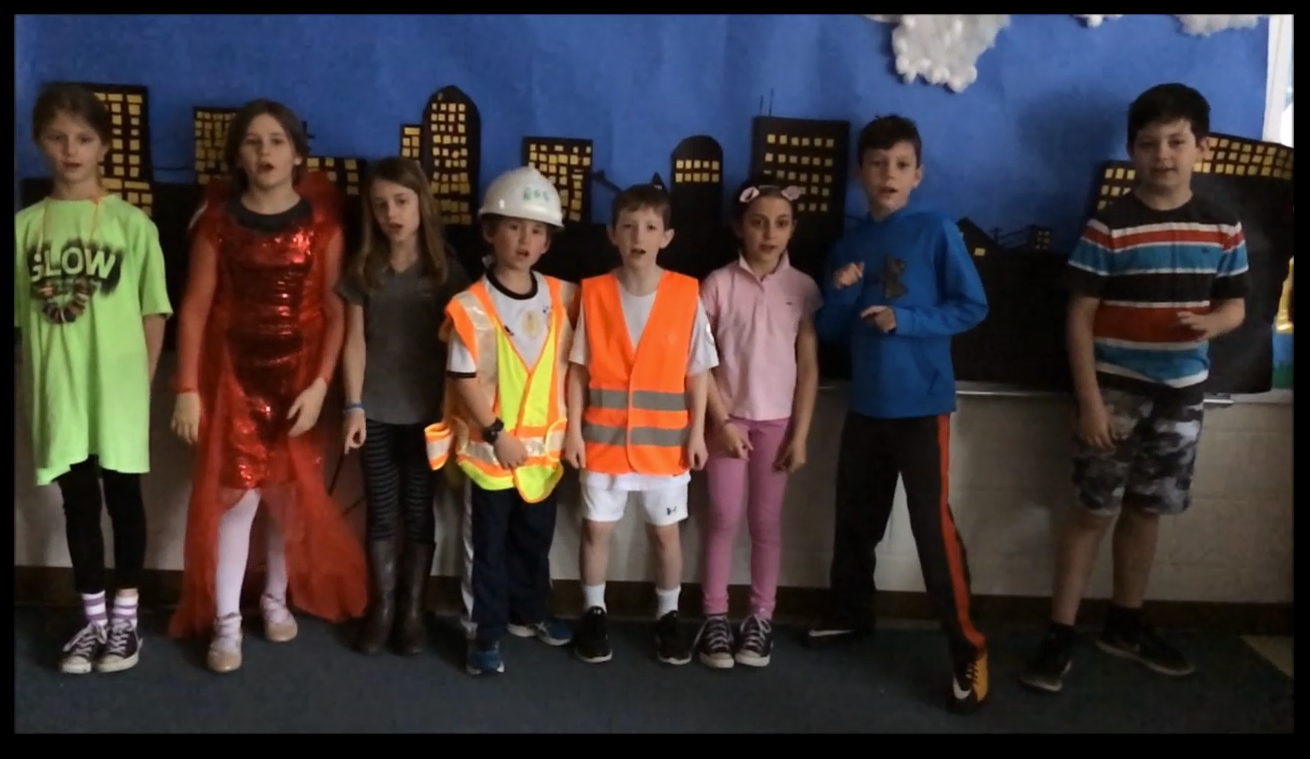Sue Thompson – Stoneleigh Elementary School

Stoneleigh Elementary School students have long played in and explored our branch of the Herring Run, which runs along one side of our schoolyard. The third grade students all do a yearly science unit on local streams, and specifically mayfly populations. After a large school renovation project four years ago, students began to identify erosion and run-off as major issue facing our tributary of the Herring Run, and have noticed a sharp decrease in the mayfly population along with the increase in sediment.
Through in-class exploration and modeling, third grade students have developed a plan to decrease the amount of erosion that our schoolyard contributes to our local watershed and the Chesapeake Bay watershed. The students have approached the PTA with a proposal for a native pollinator learning garden to be built on a large bare patch near the playground that will help mitigate storm water run-off and decrease the amount of sediment reaching the waters of the Herring Run. They also intend to create a nature walk and play area under the neighboring trees, still part of the bare spot that is eroding, to increase our school’s usable play area. This project fits into a larger school-wide effort to make our school grounds more green and aims to provide students with an outdoor learning space.
This project has and will continue to enrich students in the areas of language arts (through writing proposals to the PTA and letters to the principal, and making presentations to faculty members and the student council). It is related to environmental science, as project participants will develop their knowledge of runoff, water quality, horticulture, and animal habitats. They will also explore concepts of sustainable design. Students will be planning the overall layout of the garden, choosing a graphic for the play surface, and choosing planting themes for the raised beds (such as a butterfly bed, a Chesapeake Bay bed, and a sensory bed). Finally, students will physically plant the plants in the garden. The students will also maintain and harvest the plants.